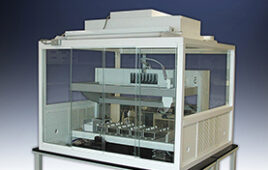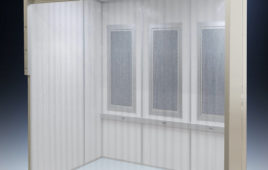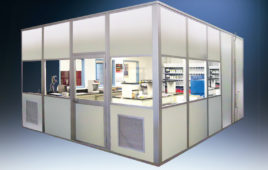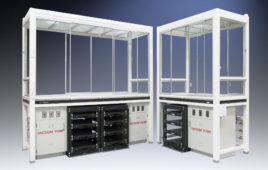Science and Technology Facilities Council (STFC) is a science organization that supports research in development in many disciplines, including particle physics.
STFC has worked closely with Connect 2 Cleanrooms over the years, using the cleanroom specialists to engineer contamination control solutions to meet their niche requirements. When STFC had a need for a bespoke cleanroom for The European Spallation Source (ESS) Sweden, it was Connect 2 Cleanrooms who won the tender and were successful in delivering the two cleanroom projects for ESS Sweden through STFC.
These cleanrooms are currently facilitating the build and operation of a particle accelerator, which will be the world’s most powerful neutron source, enabling scientific breakthroughs in research.
The first cleanroom supplied was to allow ESS to establish their own experiences and procedures on how they are going to build the accelerator. Once this cleanroom experience was established, STFC provided Connect 2 Cleanrooms with the concept for the second mobile cleanroom.
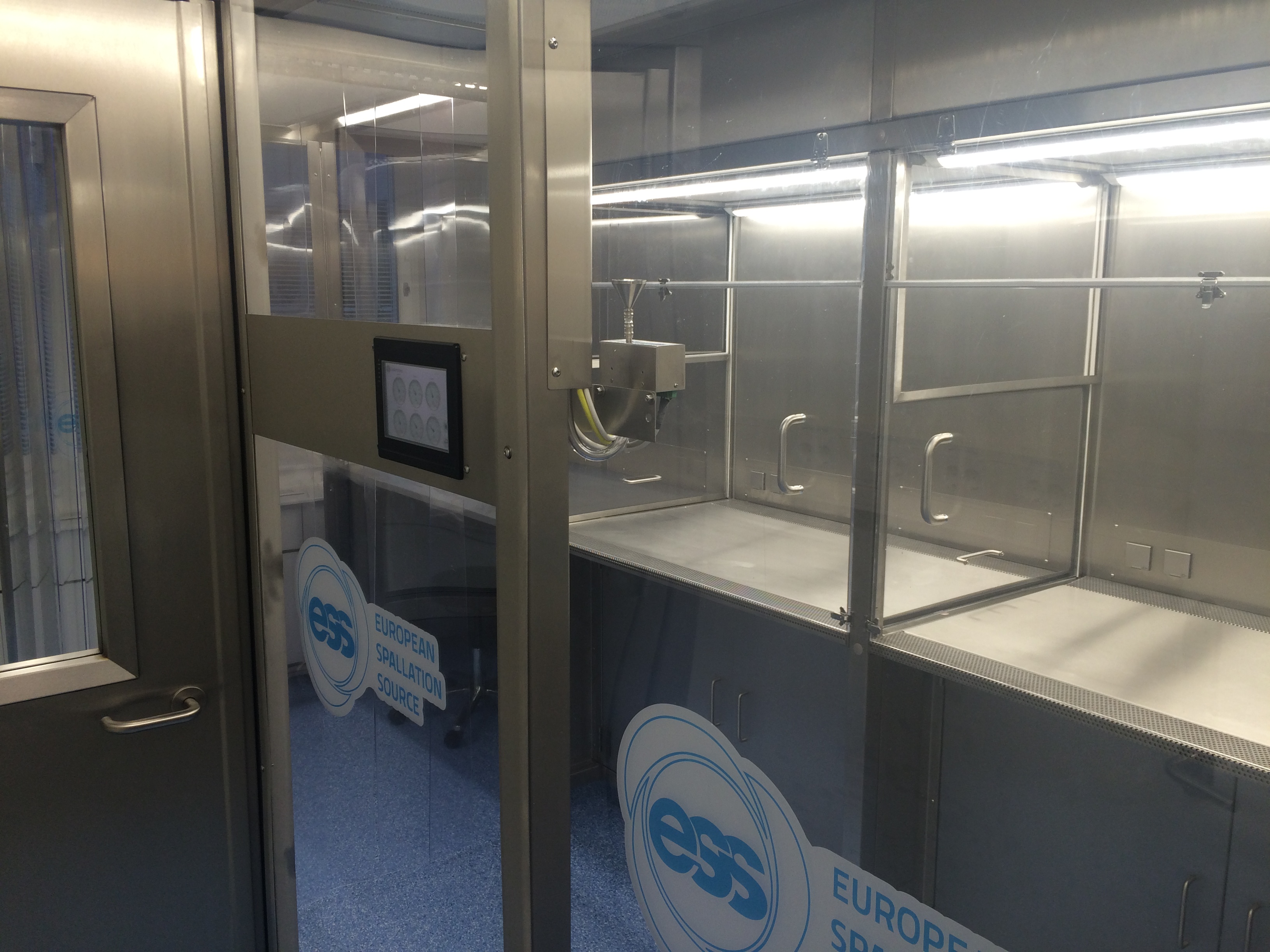
All images: Connect 2 Cleanrooms
The particle accelerator is being built in sections within this ISO Class 5 mobile cleanroom at ESS facilities in Sweden. These sections are initially built outside of the tunnel, as there are fewer restrictions on space and better access to infrastructure.
Accelerator sections are built in the cleanroom, once completed they are checked and sealed before being transported down the tunnel.
Inside the tunnel ESS have mobile cleanrooms to allow the interconnection of different accelerator sections maintaining ISO 5 conditions. This is an ongoing process, with the accelerator commissioning due in 2021.
To ensure an efficient cleanroom installation in Sweden, Connect 2 Cleanrooms first performed a “dry-build” at its facility in Lancaster, supervised by STFC. This ensured the cleanroom delivered on site in Sweden was 100 percent functional and to specification. This off-site construction also allows for a cleaner, more efficient build on site, as there will be no on site modifications.
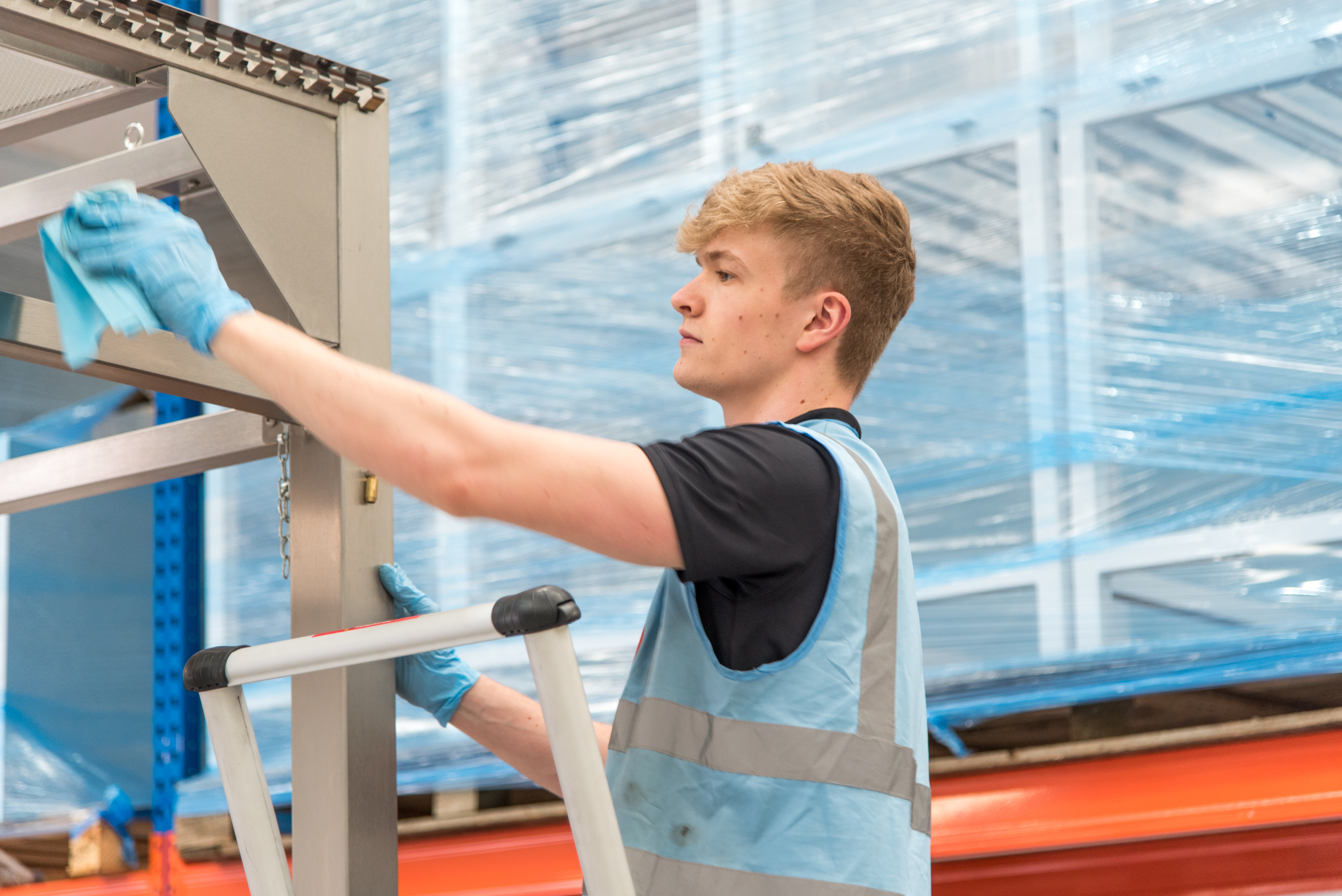
The size of the tunnel presented a challenge for the mobile cleanroom. With an overall height of 4 meters, the services needed to operate the accelerator, such as water and compressed air, at points bring the height down to 3.5 meters.
For this reason, STFC requested the mobile cleanroom to be in three different sections. Each section could operate independently, but also could be connected together when in position. One section is also height adjustable so that it can move freely under the services, then be adjusted to a full height when in position.
As the mobile cleanroom was to be relocated frequently, it was built with a robust stainless steel construction.
STFC generated a user requirements specification (URS) document which we were to follow, due to their very niche knowledge and requirements. The team worked to STFC’s brief and added value to the design in terms of the fine detail, such as how to connect the cleanroom units together and perform the height alteration.
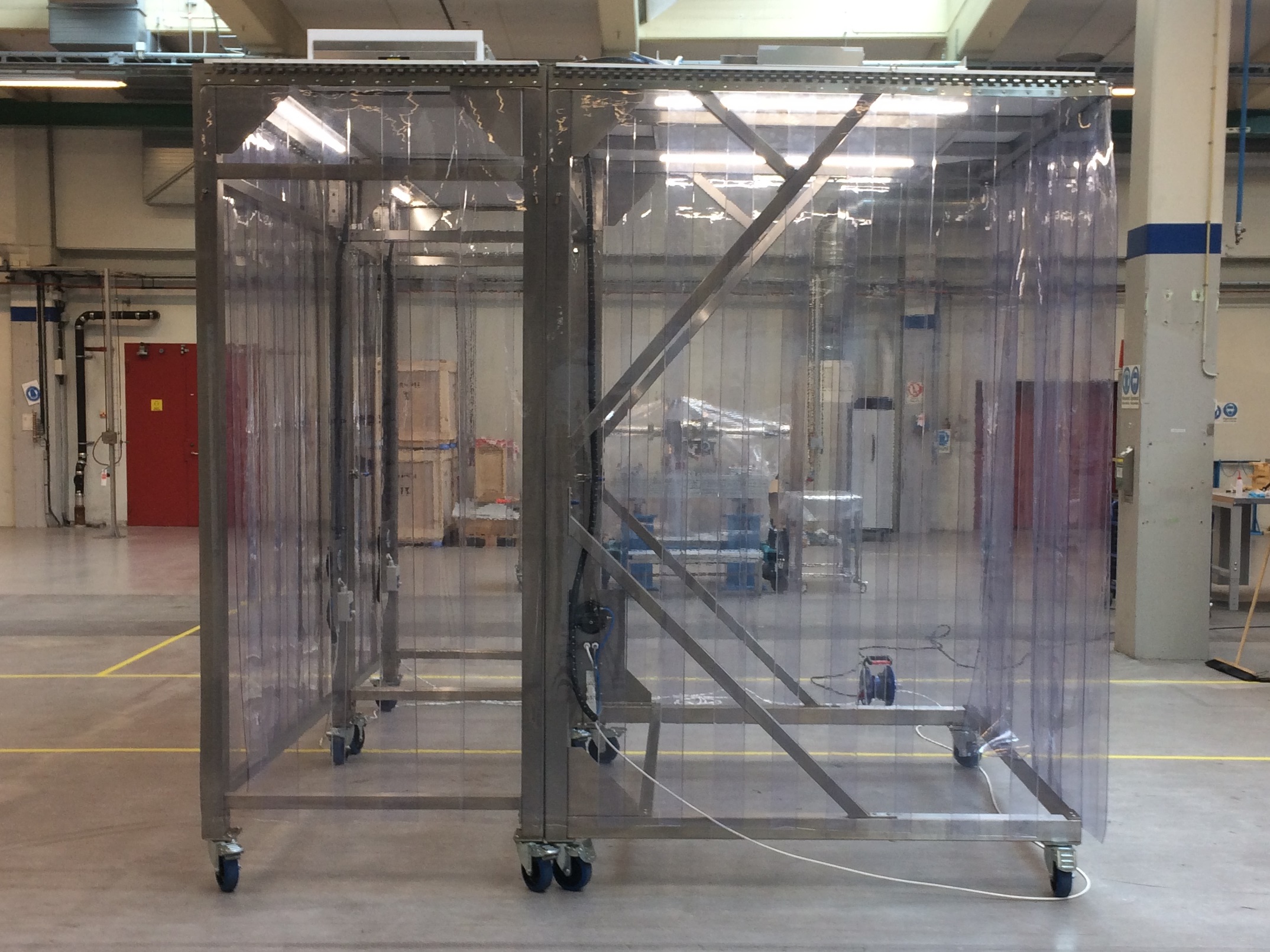
Key features include:
- Three separate cleanroom “pods” which interconnect to form a single footprint
- Mobile pods for the manufacture and in situ tunnel install of the particle accelerator
- One pod height adjustable to facilitate a difference in relocation and operational heights
- Meet particle counts according to ISO 14644-1:2015 Class 5, through ULPA filtration
- Overall footprint: 6.91m² with an internal height of 2.83m which can be altered to 3.5m
- Tool area: 1.62m² (1.21m x 1.34m) – 187no. air changes per hour at 0.45m/s
- Change area: 2.66m² (1.21m x 2.2m) – 114no. air changes per hour at 0.36m/s
- Work area: 2.64m² (1.2m x 2.2m) – 143no. air changes per hour at 0.45m/s
- LED task lighting for sensitive and precise work

